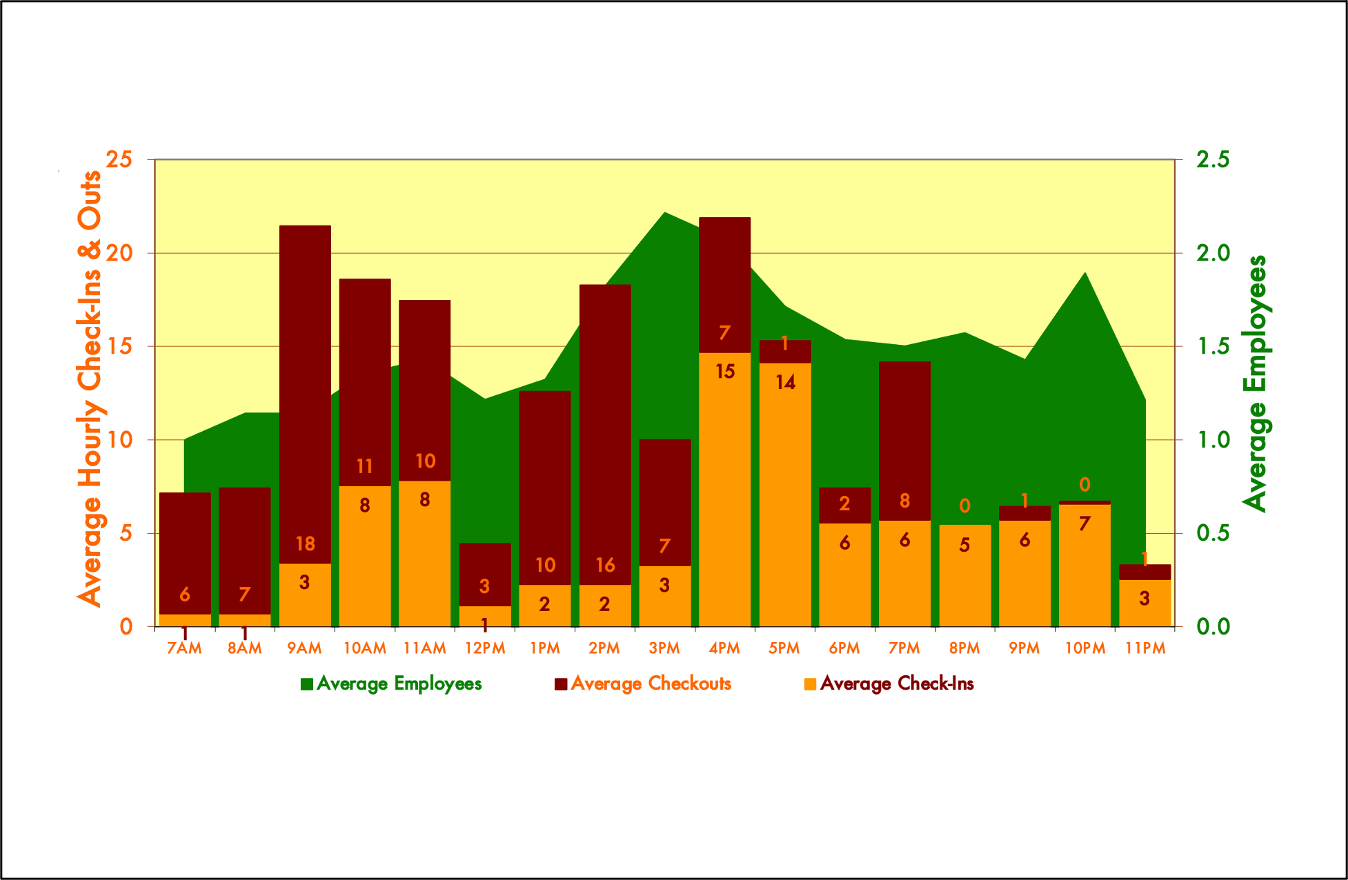LABOR MANAGEMENT SYSTEMS ANALYSIS
OnTrack™ Software Does for Our Clients
Labor costs are the largest expense at any hospitality business, and controlling them is a key area of focus. This diagnostic assignment identifies existing payroll inefficiencies as well as opportunities to increase efficiency and improve service. During our labor management systems analysis we:
- Analyze the strengths and weaknesses of current systems for controlling labor costs
- Identify and quantify potential labor savings
- Identify opportunities to generate additional revenue, improve operations and enhance guest service
- Develop recommendations to improve systemic labor management practices

Three primary areas of analysis
Task 1.
Effectively adjusting payroll to meet changes in business volume is essential to meeting guest expectations and achieving profitability goals. Our analysis of variable staffing focuses on two major areas: historic utilization and current management practices.
We use computer modeling to record historical labor utilization and concurrent business volume for each department going back eighteen months to two years. This sampling enables us to analyze productivity and provide a historical comparison of labor utilization in each area. Our custom models measure the quantity of labor utilized at concurrent levels of customer activity to gauge the effectiveness with which labor is adjusted to meet changes in business volume.
Task 2.
Fixed payroll tends to fatten over time, negatively impacting profitability. Our analysis includes:
- Organizational Structure and Staffing Review. We evaluate the existing structure to identify opportunities to improve operating efficiency and financial performance through structural revision.
- Comparative Fixed-Staffing Analysis. We compare fixed-staffing levels at the client hotel to our extensive hotel database enabling us to identify opportunities to improve service and/or achieve savings.
Task 3.
We identify opportunities for improvement in current labor management practices. We conduct in-depth interviews with department managers focusing on each component of the labor management process, specifically:
- Forecasting. Accurate business volume forecasts are essential to effective labor management. We recommend improvements after reviewing the existing forecasting methodology and conducting a series of forecast accuracy checks to determine the effectiveness of the current forecast system.
- Labor Standards. Labor standards in conjunction with accurate forecasts should be used to adjust staffing to changes in customer volume. We review existing labor standards and make recommendations for improving the standards themselves and how they are developed and employed.
- Scheduling. We examine current scheduling practices and recommend improvements to more effectively match labor to changes in business volume.
- Time & Attendance. The accurate and timely recording of employee hours worked is another key element of an effective labor management system. We examine existing time and attendance recording procedures to improve accuracy, timeliness and efficiency.
- Labor Reporting. Timely and accurate feedback to department managers is essential to effective payroll management. We examine the existing flow of information between senior and department managers and make recommendations for improving the information feedback process.
- Quality Metrics. Listening to the “voice of the customer” is critical too the success of any business, but most particularly in the hospitality industry. We examine guest satisfaction survey instruments to evaluate how effectively they measure customer perceptions and we evaluate performance trends throughout the property in relation to employee productivity.
At the conclusion of our work, we meet with leadership to present our findings, conclusions and a recommended action plan.
